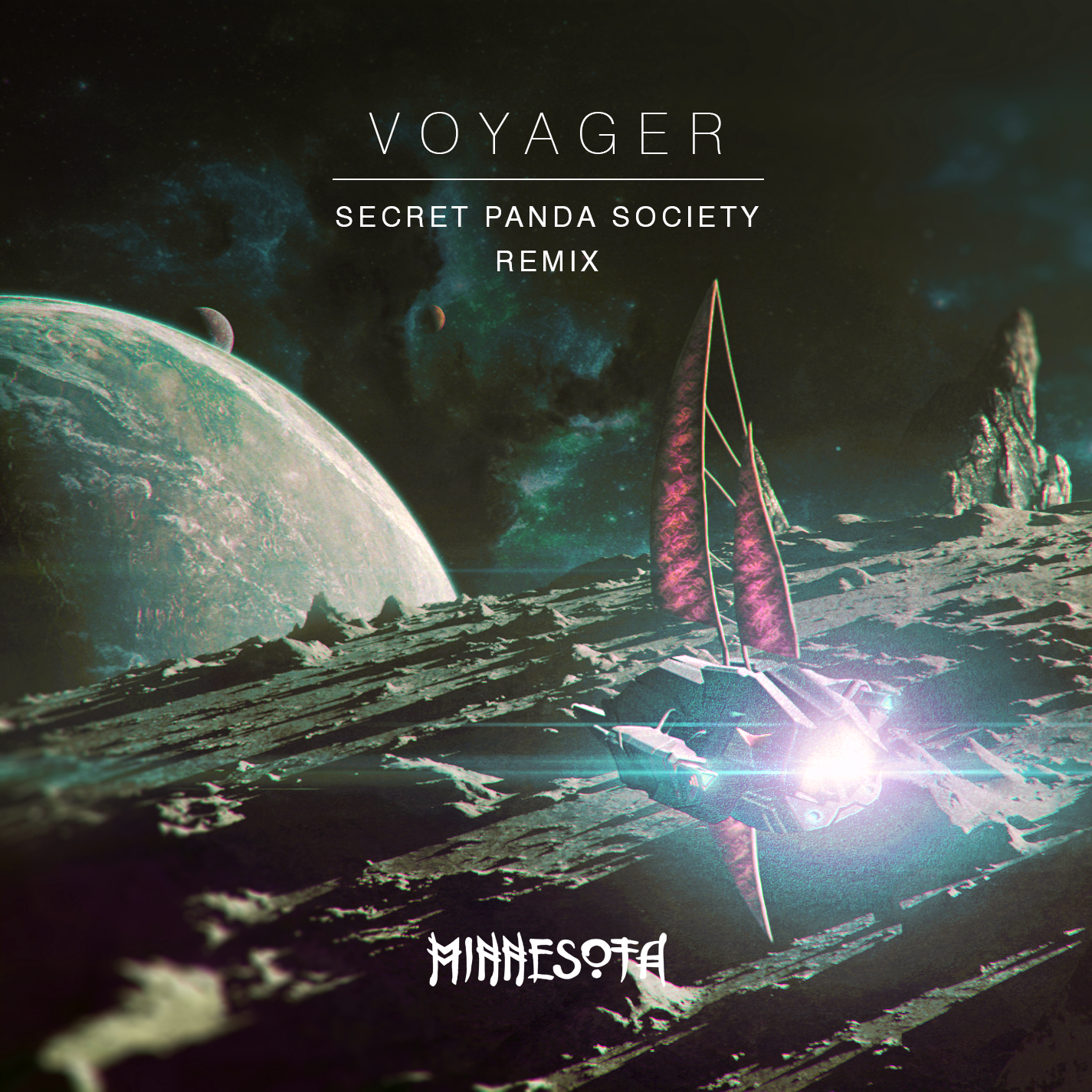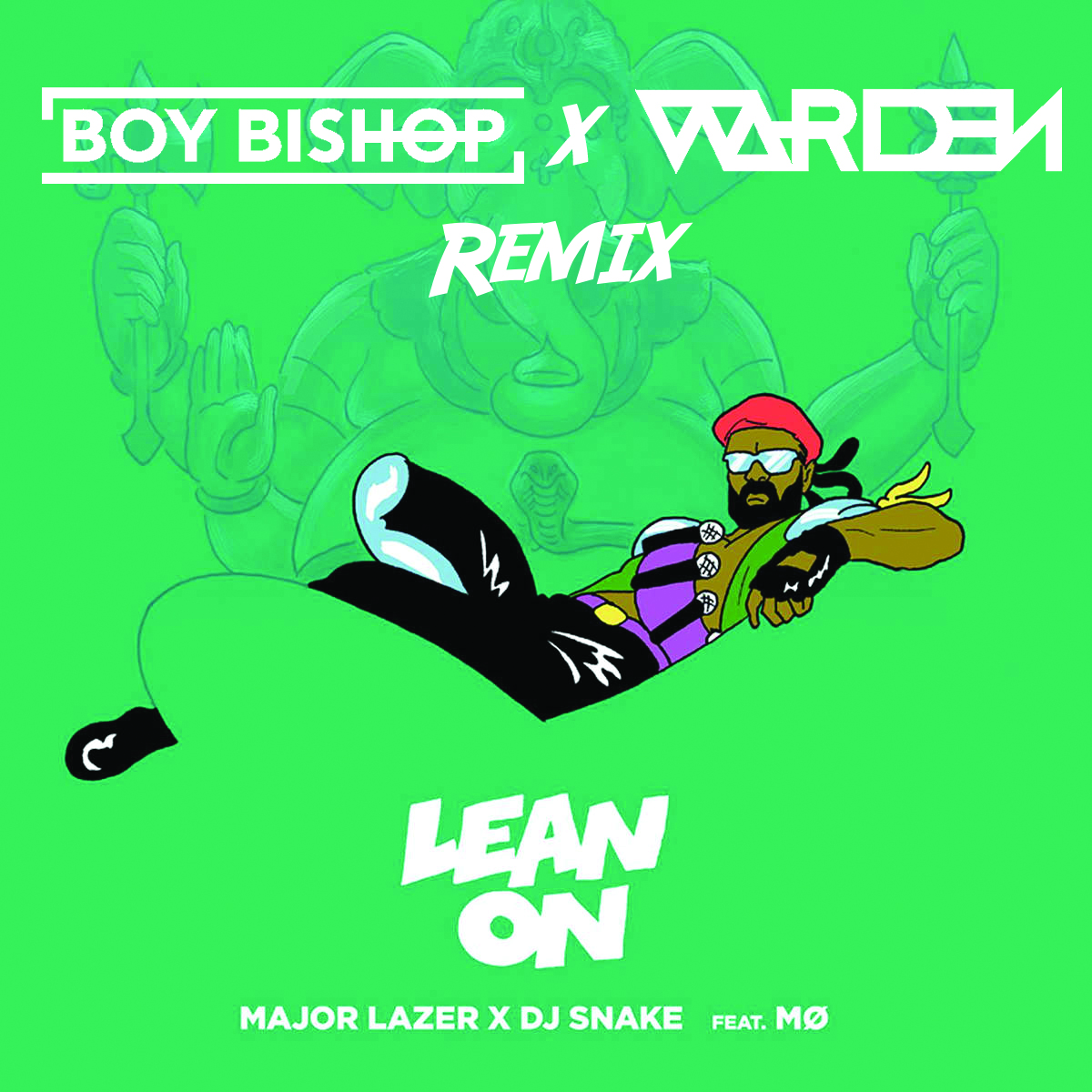Grace McClellan stopped using drugs and alcohol three years ago. Her story is not a unique one. According to the Substance Abuse and Mental Health Services Administration (SAMHSA), over 20 million individuals in the US live with a substance abuse problem or an addiction to drug or alcohol. (Of course, this is according to the government’s definition of abuse, which could be debated on its own at another time.)
McClellan similarly found herself in a situation that a lot of addicts also likely face year to year – she went to a music festival. Aside from the obvious music and attractions at a festival, they’re also widely known for drinking and substance abuse – generally not a safe environment for a recovering addict.
She was 30 days sober when she attended Bonnaroo Music Festival with her drinking friends in 2012. After only a few hours at the festival, she found herself thinking, “I was going to have a drink.” Thankfully, there existed a support system known as Soberoo, who were in recovery and part of an onsite sobriety support system, that she was able to contact and talk to about her urges.
NY Times notes that “the presence of volunteer sober groups is spreading. Transcending genre and geography, similar support communities are expected this year at more than a dozen festivals, including Lollapalooza (July 31- Aug. 2 in Chicago), Outside Lands (Aug. 7-9 in San Francisco) and even the more youthful electronic music parties like Electric Daisy Carnival (June 19-21 in Las Vegas) and Nocturnal Wonderland (Labor Day weekend in San Bernardino, Calif.).”
“You can see the growth,” said Patrick Whelan, 49, a point person for the volunteers at events across the country. He uses a handful of Facebook groups to organize [them]. “We couldn’t have imagined it 10 years ago,” he said. “We’ve gone from one or two festivals to 10 or 12 — and social media has driven that.”
Festivals provide “space, equipment and marketing for the groups, which, along with beefed up security and medical personnel, help the festivals demonstrate accountability.” And that’s really amazing, it truly is. It shows that festivals care about their patrons who choose to live a sober lifestyle and want to have a safe space in which to celebrate.
However, what about the patrons who choose to live a more … illicit lifestyle? Many of these festivals are promoting sober raving/dancing over harm reduction, and it shows a clear bias against individuals who choose to use hallucinogenics or other substances to augment their festival experience.
It’s not entirely their fault – the R.A.V.E. Act is putting a serious hurt on organizations that want to help. And it’s not the sober raver’s fault either – they only want a safe space for their own lifestyle. Nobody is truly “at fault” here except for the negative views that society as a whole projects onto substance users (note: not abusers).
“We’re doing a good thing, bringing positive energy that all these festivals embrace. They sell tickets as a result of the goodwill.” He is now working to incorporate a 501(c)(3) nonprofit, called Harmonium, as an umbrella organization for the festival groups.
DanceSafe is already a currently operating 501(c)(3) organization that helps ravers all over the country to use safely and wisely via harm reduction techniques. But current laws view this as endorsing drug use, and don’t allow their presence on site for fear of liability issues and lawsuits. DanceSafe currently operates at underground events and at festivals that choose to risk their presence, such as Electric Forest, Summerset, and TomorrowWorld, but still misses some of the biggest gatherings of ravers like Electric Daisy Carnival and Ultra Music Festival.
Patt Ochoa, a sober veteran of both jam band shows and raves, said “momentum is starting to pick up” within EDM, as well. In 2013, Mr. Ochoa, inspired by what he saw at Bonnaroo, approached Pasquale Rotella of Insomniac Events, the company behind Electric Daisy Carnival, with the idea of bringing clean tents to the world of dance music. Called Consciousness Group, they made their Electric Daisy debut in Las Vegas last year.
Until we welcome substance users as readily as sober ravers, more young adults will continue to die or end up in hospitals unnecessarily.
And as a final note, I want to make this very clear – I support sober raving if that’s your choice 100%. Addiction is a serious disease and should not be treated lightly.
Read Grace McClellan’s whole story on the NY Times.







